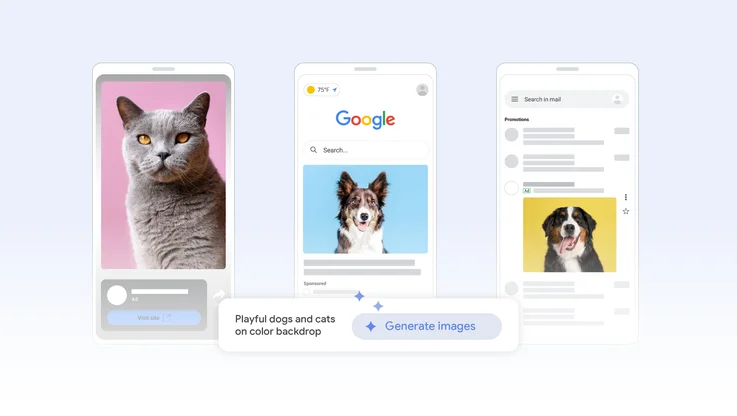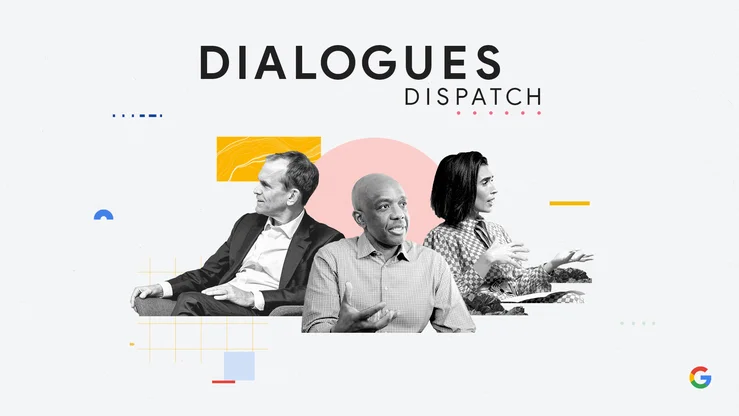To reduce plastic waste in Indonesia, one startup turns to AI
In Indonesia, plastic waste poses a major challenge. With 50,000 km of coastline and a lack of widespread public awareness of waste management across the archipelago, much of Indonesia’s trash could end up in the ocean. Gringgo Indonesia Foundation has started tackling this problem using technology—and more recently, with a little help from Google.
Earlier this year, Gringgo was named one of 20 grantees of the Google AI Impact Challenge. In addition to receiving $500,000 of funding from Google.org, Gringgo is part of our Launchpad Accelerator program that gives them guidance and resources to jumpstart their work.
We sat down with Febriadi Pratama, CTO & co-founder at Gringgo, to find out how this so-called “trash tech start-up” plans to change waste management in Indonesia with the help of artificial intelligence (AI).
Why is plastic waste such a problem for Indonesia?
In the past 30 years, Indonesia has become overwhelmed by plastic waste. Sadly, we haven’t found a solution to deal with this waste across our many islands.
The topography of Indonesia makes it more challenging to put a price on recyclables. It consists of more than 17,000 islands with 5 major islands, but most recycling facilities are based on the mainland of Java. This makes transporting recyclables from other islands expensive, so materials with low value aren’t sorted and end up polluting the environment.
To add to the complexity, waste workers often have irregular routes and schedules, leaving many parts of the country unserviced. Workers also don’t always have the knowledge and expertise to accurately identify what can be recycled, and what recycled items are worth. Together, these factors have a devastating impact on recycling rates and the livelihood waste workers.
How are you proposing to address this problem?
Waste workers’ livelihood depends on the volume and value of the recyclable waste they collect. We realized that giving workers tools to track their collections and productivity could boost their earning power while also helping the environment.
We came up with the idea to build an image recognition tool that would help improve plastic recycling rates by classifying different materials and giving them a monetary value. In turn, this will reduce ocean plastic pollution and strengthen waste management in under-resourced communities. We believe this creates a new economic model for waste management that prioritizes people and the planet.
How does the tool work in practice?
We launched several apps in 2017—both for waste workers and the public. One of the apps allows waste workers to track the amount and type of waste they collect. This helps them save time by suggesting a more organized route, and manually quantify their collections and earning potential. Within a year of launching the apps, we were able to improve recycling rates by 35 percent in our first pilot village, Sanur Kaja in Bali. We also launched an app for the public, connecting people with waste collection services for their homes.

Febriadi Pratama with waste worker, Baidi, using the Gringgo mobile app
Tell us about the role that AI will play in your app?
With Google’s support, we’re working with Indonesian startup Datanest to build an image recognition tool using Google’s machine learning platform, TensorFlow. The goal is to allow waste workers to better analyze and classify waste items, and quantify their value.
With AI built into the app, waste workers will be able to take a photo of trash, and through image recognition, the tool will identify the items and their associated value. This will educate waste workers about the market value of materials, help them optimize their operations, and maximize their wages. Ultimately, this will motivate waste workers to collect and process waste more efficiently, and boost recycling rates.
So whether it’s a plastic bottle (worth Rp 2,500/kg or 18 cents/kg) or a cereal box (worth Rp 10,000/kg or 71 cents/kg), these new technologies should allow more precious materials to be sorted and reused, thereby removing the guesswork for workers and putting more money in their pockets.

A mock-up shows how Gringgo thinks the app will be able to identify waste through AI-powered image recognition
What do you aspire to achieve in the next ten years?
Waste management issues aren’t specific to Bali or to Indonesia. We think our technology has the potential to benefit many people and places around the globe. Our goal is to improve our AI model, make it economically sustainable, and ultimately help implement it across Indonesia, Asia and around the world.







